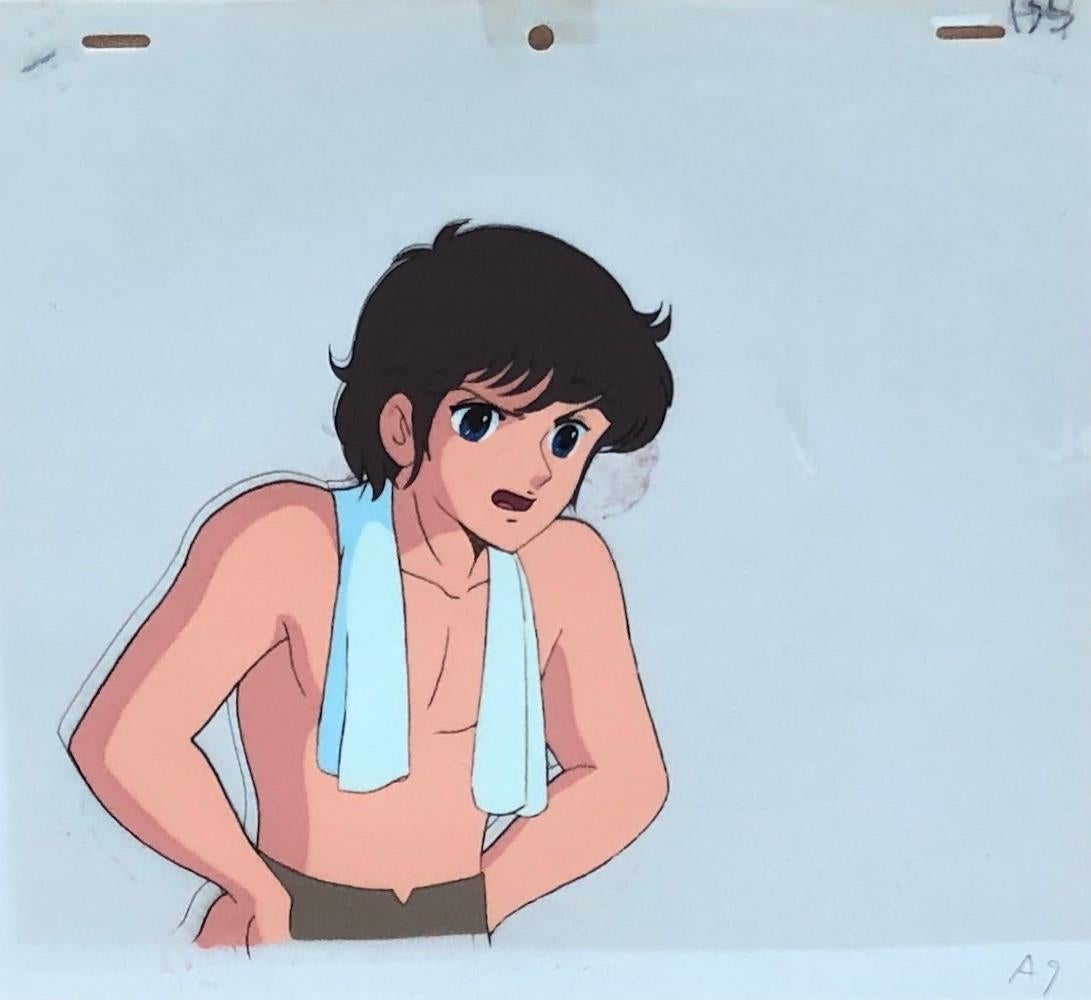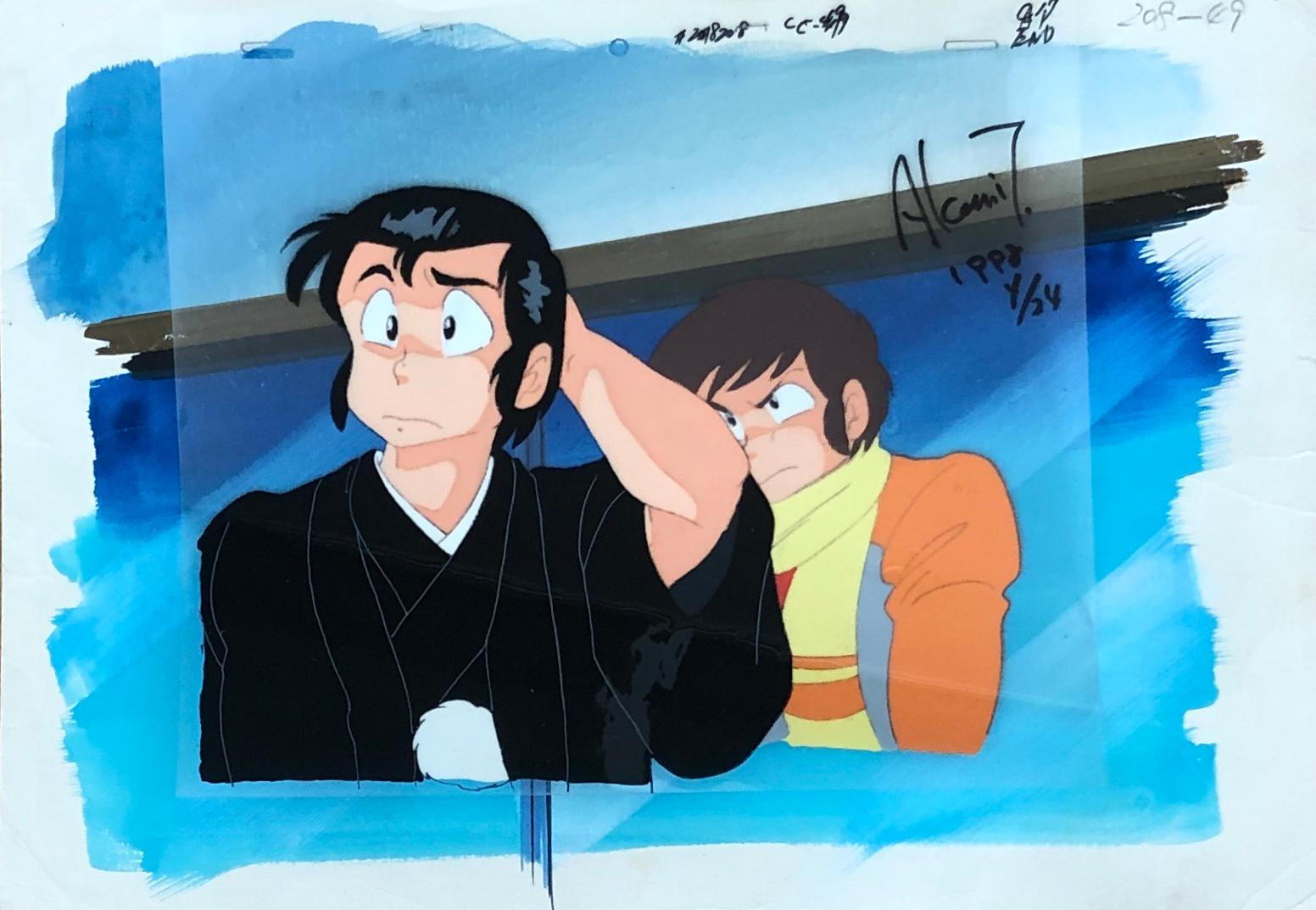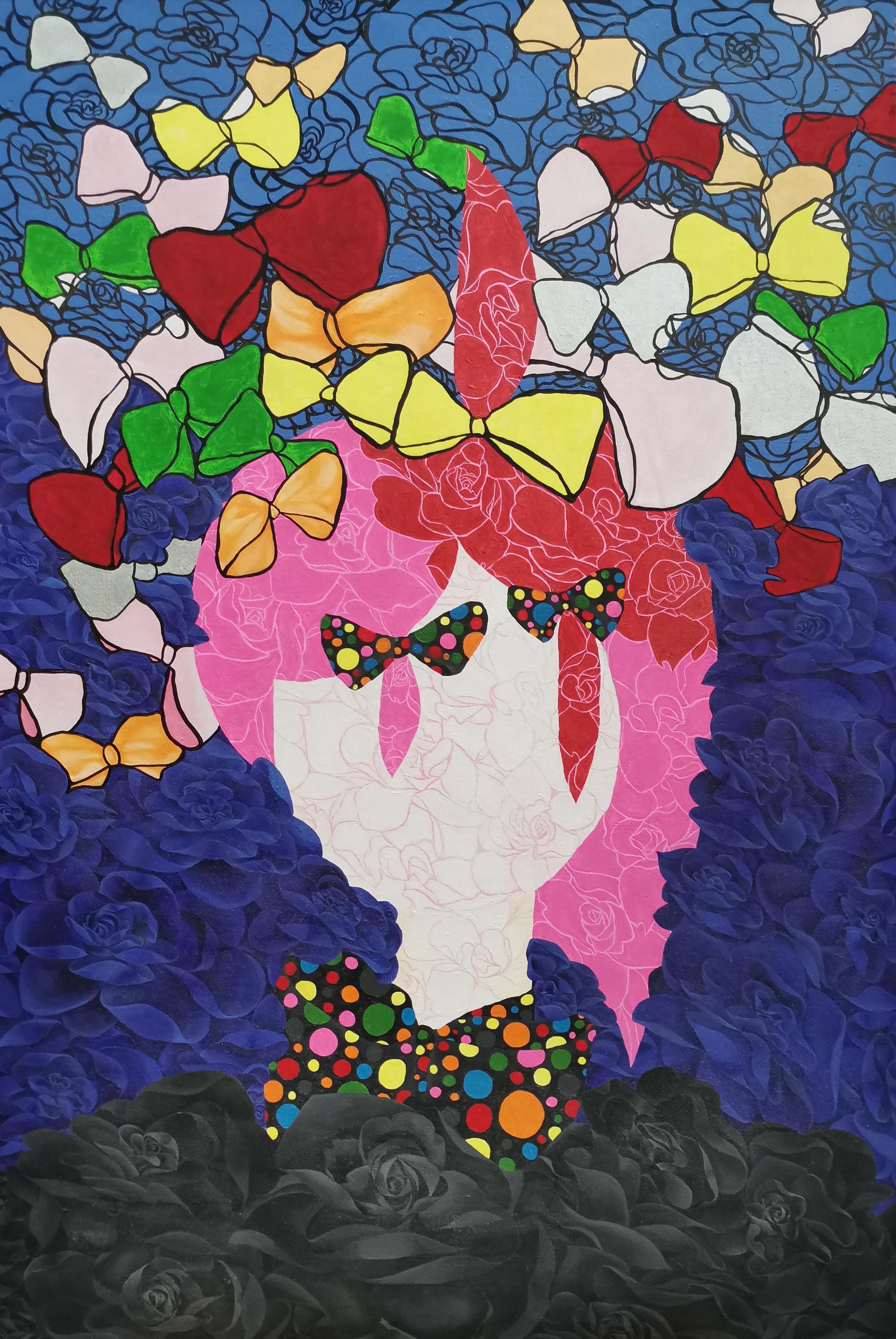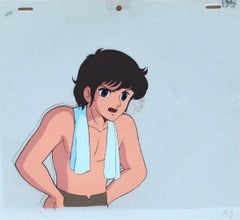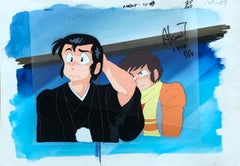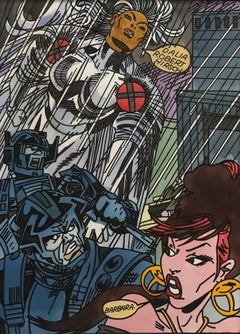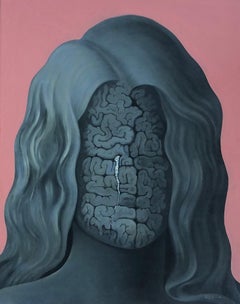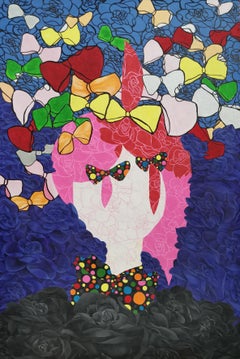Items Similar to Celluloid Manga Characters 3
Want more images or videos?
Request additional images or videos from the seller
1 of 13
UnknownCelluloid Manga Characters 3
$1,136.87
£844.50
€950
CA$1,568.39
A$1,724.09
CHF 906.10
MX$20,936.74
NOK 11,303.40
SEK 10,709.18
DKK 7,231.89
About the Item
Original ink and gouache cello with sketch
White wooden frame with plastic protection
42.5 x 32.5 x 3.5 cm
- Dimensions:Height: 7.88 in (20 cm)Width: 11.42 in (29 cm)Depth: 0.08 in (2 mm)
- Medium:
- Movement & Style:
- Period:
- Condition:
- Gallery Location:Genève, CH
- Reference Number:1stDibs: LU2018210529432
About the Seller
5.0
Vetted Professional Seller
Every seller passes strict standards for authenticity and reliability
1stDibs seller since 2022
151 sales on 1stDibs
Typical response time: 21 hours
- ShippingRetrieving quote...Shipping from: Genève, Switzerland
- Return Policy
Authenticity Guarantee
In the unlikely event there’s an issue with an item’s authenticity, contact us within 1 year for a full refund. DetailsMoney-Back Guarantee
If your item is not as described, is damaged in transit, or does not arrive, contact us within 7 days for a full refund. Details24-Hour Cancellation
You have a 24-hour grace period in which to reconsider your purchase, with no questions asked.Vetted Professional Sellers
Our world-class sellers must adhere to strict standards for service and quality, maintaining the integrity of our listings.Price-Match Guarantee
If you find that a seller listed the same item for a lower price elsewhere, we’ll match it.Trusted Global Delivery
Our best-in-class carrier network provides specialized shipping options worldwide, including custom delivery.More From This Seller
View AllCelluloid Manga Characters 2
Located in Genève, GE
Original ink and gouache cello with sketch
White wooden frame with plastic protection
42.5 x 32.5 x 3.5 cm
Category
Late 20th Century Outsider Art Portrait Paintings
Materials
Ink, Gouache
Celluloid Manga Characters 1
Located in Genève, GE
Original ink and gouache cello with sketch
White wooden frame with plastic protection
32.5 x 42.5 x 3.5 cm
Category
Late 20th Century Outsider Art Portrait Paintings
Materials
Ink, Gouache
Super hero
Located in Genève, GE
Work on paper
White wooden frame with plexiglass
98 x 78 x 2 cm
Category
Late 20th Century Figurative Drawings and Watercolors
Materials
Watercolor, Gouache
$1,077
The raip
Located in Genève, GE
Illegible signature
Work on canvas
Category
Late 20th Century Abstract Abstract Paintings
Materials
Oil, Sequins
$909
Abstract
Located in Genève, GE
Work on cardboard
Category
20th Century Abstract Abstract Paintings
Materials
Acrylic
$478
Preparing for the performance
Located in Genève, GE
Work on canvas
Golden wooden frame
58 x 72 x 5 cm
Category
19th Century Figurative Paintings
Materials
Oil
You May Also Like
Modern Surrealism, Bow, Roses, Colourful, Women in Art
Located in Sungai Petani, Kedah
Women's Fiction I is a figurative painting. This is a self-portrait of mine. I completed making this painting back in year 2021.
About the Packaging:
Women's Fiction I will be ship...
Category
2010s Contemporary Figurative Paintings
Materials
Canvas, Acrylic
Korean Contemporary Art by Shin Seung-Hun - Chunja
By Shin Seung-Hun
Located in Paris, IDF
Acrylic on canvas
Shin Seung-Hun is a South-Korean artist born in 1979 who lives & works in Jeju Island, Korea. He is considered by critics as the new Korean Takashi Murakami. The ...
Category
2010s Contemporary Figurative Paintings
Materials
Acrylic, Canvas
Korean Contemporary Art by Shin Seung-Hun - Chun-Ja’s Multiverse Story Face 2
By Shin Seung-Hun
Located in Paris, IDF
Mixed composition on canvas
Shin Seung-Hun is a South-Korean artist born in 1979 who lives & works in Jeju Island, Korea. He is considered by critics as the new Korean Takashi Murak...
Category
2010s Contemporary Figurative Paintings
Materials
Mixed Media, Canvas
Korean Contemporary Art by Shin Seung-Hun - Chunja World
By Shin Seung-Hun
Located in Paris, IDF
Acrylic on canvas
Shin Seung-Hun is a South-Korean artist born in 1979 who lives & works in Jeju Island, Korea. He is considered by critics as the new Korean Takashi Murakami. The ...
Category
2010s Contemporary Figurative Paintings
Materials
Acrylic, Canvas
Korean Contemporary Art by Shin Seung-Hun - Chunja's Multiverse Story - Chunja 2
By Shin Seung-Hun
Located in Paris, IDF
Acrylic on canvas
Shin Seung-Hun is a South-Korean artist born in 1979 who lives & works in Jeju Island, Korea. He is considered by critics as the new Korean Takashi Murakami. The ...
Category
2010s Contemporary Figurative Paintings
Materials
Canvas, Acrylic
Korean Contemporary Art by Shin Seung-Hun - Chunja
By Shin Seung-Hun
Located in Paris, IDF
Acrylic on canvas
Shin Seung-Hun is a South-Korean artist born in 1979 who lives & works in Jeju Island, Korea. He is considered by critics as the new Korean Takashi Murakami. The ...
Category
2010s Contemporary Figurative Paintings
Materials
Acrylic, Canvas
More Ways To Browse
Vintage Characters
Manga Art
Celluloid Frame
17th And 18th Century Portraits
1920 Oil Portraits
Antique Family Portraits
Russia Portrait
Gentleman Oil Portrait
Gilt Framed Woman Portrait Oil Paintings
16th Century Portrait Oil Paintings
Portrait Of A Woman Reading
Painted Portrait Girl In Pink
Oil On Panel Portrait
Child Antique Portraits
Period Portraits
17th Century Dutch Portrait Oil Paintings
Lady In Red
Paintings With Hats
